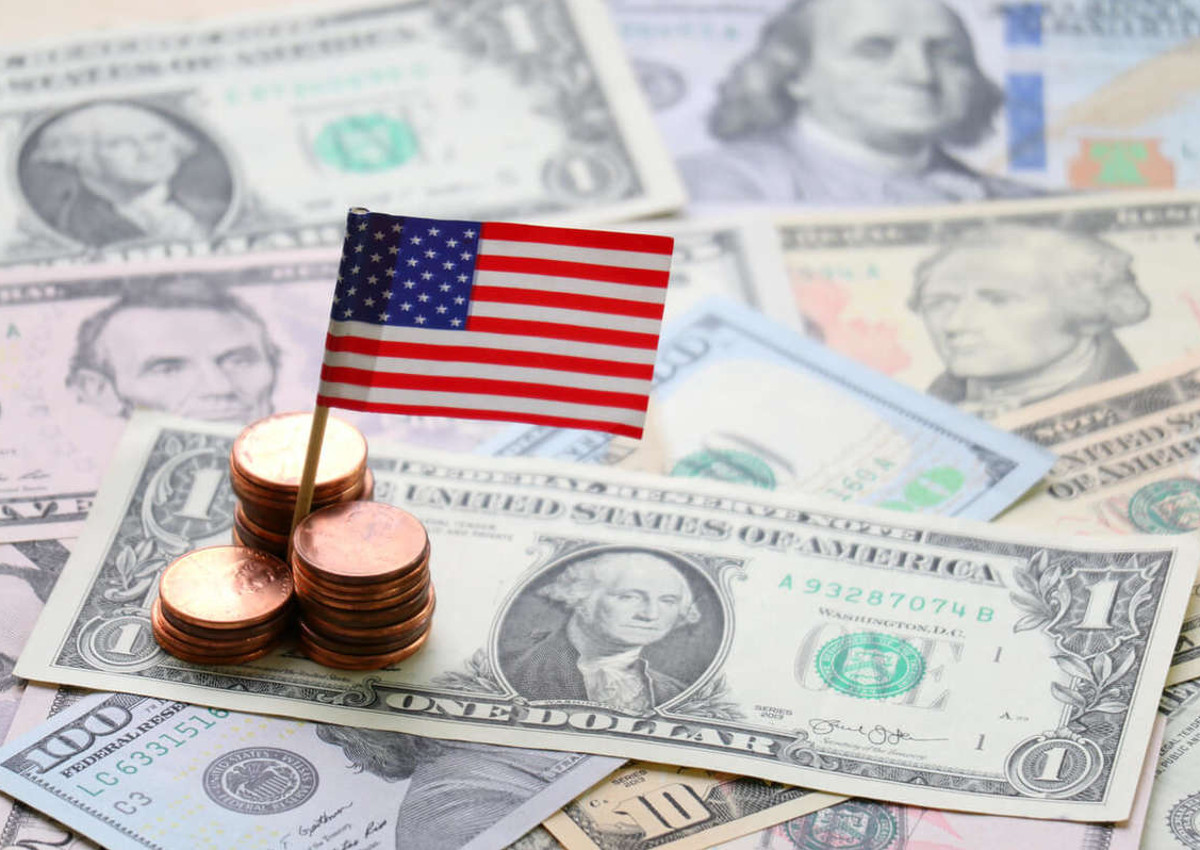
The United States is threatening to impose punitive tariffs on $4 billion of additional EU goods – including Italy’s most exported foods such as pasta, olive oil and cheese – as part of retaliation measures against EU subsidies for commercial aircraft.
The announcement was the latest move in president Donald Trump’s trade fight to make America “great again” by targeting major exporters from China to the EU.
THE RISKS FOR ITALIAN FOOD PRODUCTS
Italian producers – as well as US importers – warned against the severe impact that the threatened duties of up to 100% on top selling EU products including Italy’s olive oil, pasta, cheese and prosciutto would have on the entire industry, also in the United States.
The new list, made available by the office of the US Trade Representative, targets a total of 89 categories from the EU including Italian cheeses such as Parmigiano Reggiano, Pecorino Romano, Provolone, pasta, olives, and fruit preserves. In April, the US threatened tariffs on $21 billion of EU imported goods. The deadline for submitting comments is August 5, when a public hearing is due to be held on the matter. Final considerations are expected on August 12.
A REAL THREAT
“The threat is real and would be a catastrophic event for the category,” said Marco de Ceglie, CEO of Salov Filippo Berio North America and a member of the North American Olive Oil Association (NAOOA).
Italy alone accounts for a large part of the value of imported EU goods targeted by the US, according to exports data analyzed by Italy’s farmers’ association Coldiretti. In 2018, the US imported from Italy 2.8 billion euros of wine, olive oil, cheese, pasta, mineral waters, cold cuts, seafood, and other food and beverage products, according to Coldiretti. Tariffs of up to 100% on olive oil, for example, would not only hit EU producers but also the US market, American producers and importers told Italianfood.net.
The vast majority of olive oil consumed in America comes from the EU, with Italy being the No. 1 supplier followed by Spain according to 2018 official US data elaborated by ICE New York.
A BLOW ALSO FOR THE US MARKET
US consumption would drop under the proposed tariffs because there’s not enough olive oil made in America to satisfy domestic demand, the NAOOA said. “While the stated object is to penalize the EU, the tariff is paid by US importers. Which means there would not be a market for that product,” Bob Bauer, president of the Association of Food Industries, which represents American importers, told Italianfood.net. The NAOOA is petitioning US authorities to remove olive oil from the list, saying that tariffs would equal to a tax on health as American consumers would be forced to use lower quality oils.
De Ceglie invited both EU and US authorities to agree on a solution and prevent negative consequences for the industry that would last years. “The US is an extremely important market for us. It’s the third overall after Germany and France and for many products, it’s the number one,” Maurizio Forte, director of the Italian Trade Agency in New York told Italianfood.net on the sidelines of the Summer Fancy Food Show. “We know that the dialogue between the US and Europe is very strong and we hope that at the end a good agreement can be reached,” he said.
